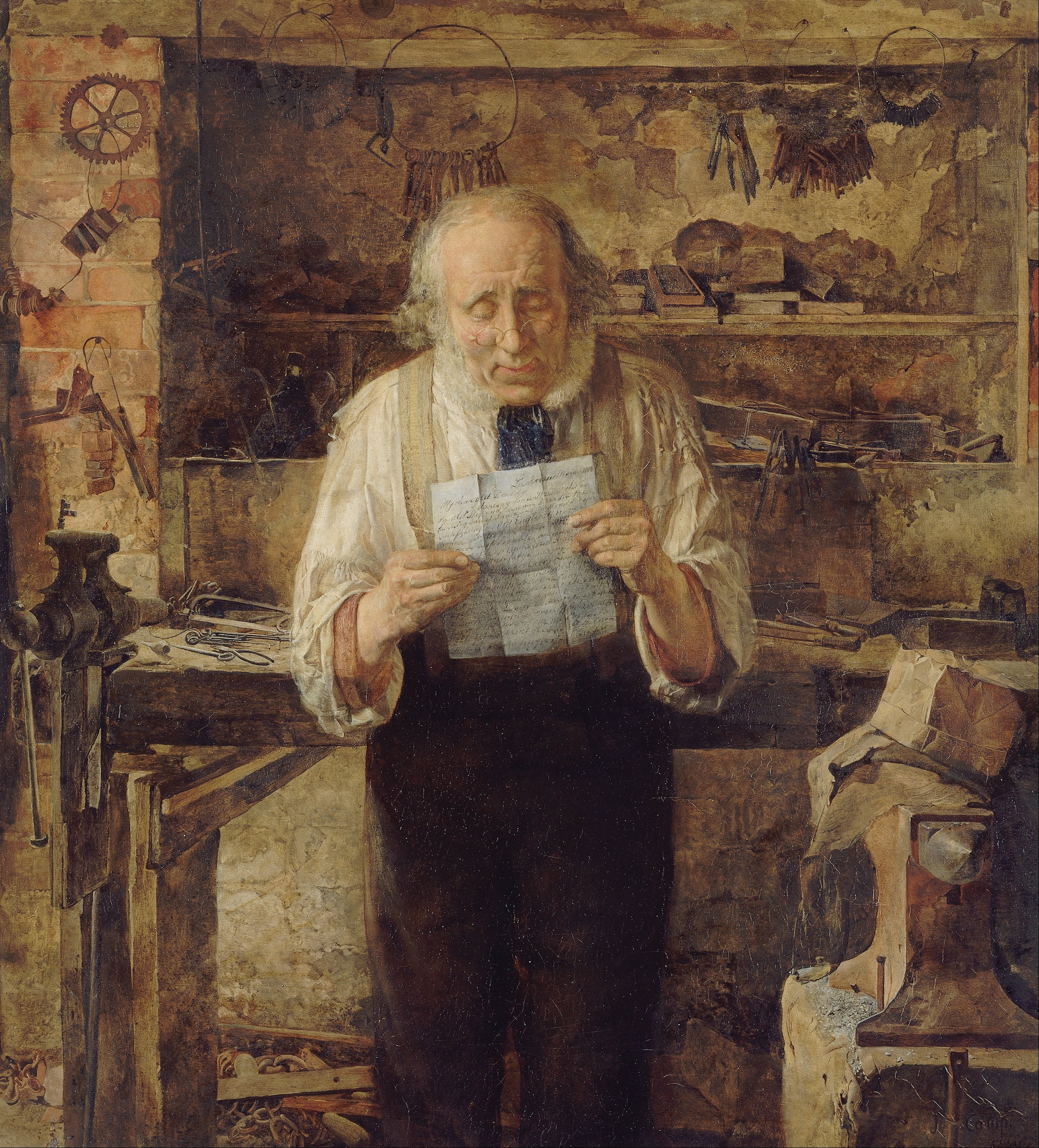|
Territory-wide System Assessment
The Territory-wide System Assessment (TSA) is an assessment introduced by the Education Commission in the report o"Reform Proposal for the Education System in Hong Kong"in September 2000. The Territory-wide System Assessment is held in June every year since 2004 for students of Primary 3, Primary 6 (implemented in alternate year starting from 2011) and Secondary 3. The ''Territory-wide System Assessment'' is designed for facilitating learning and teaching after evaluating the average learning standard of the students in the subject of Chinese language, English language and Mathematics at the end of key stage 1-3. Introduction The Territory-wide System Assessment (TSA) is a territory-level assessment launched and administered by the Education Bureau (Chinese: 教育局) since 2004. The aims of the ''Territory-wide System Assessment'' is to objectively assess the basic learning competencies and learning progress of the students at different stages of learning. The capabilit ... [...More Info...] [...Related Items...] OR: [Wikipedia] [Google] [Baidu] |
HKEAA San Po Kong Office
The Hong Kong Examinations and Assessment Authority (HKEAA), previously known as the Hong Kong Examinations Authority (HKEA) before 2002, is a statutory body of the Hong Kong Government responsible for the administration of public examinations and related assessments. The authority is Hong Kong's only public examination board. Currently HKEAA administers the Hong Kong Diploma of Secondary Education Examination (HKDSE) since 2012; in the past, it was responsible for the Hong Kong Certificate of Education Examination (HKCEE) (discontinued since 2012) and the Hong Kong Advanced Level Examination (HKALE) (discontinued since 2014). History The Authority was established on 5 May 1977. The Authority commenced to be the provider of Hong Kong Higher Level Examination and Hong Kong Advanced Level Examination (HKALE) in 1979 and 1980 respectively. It was put in charge of the HKCEE the following year, becoming the only administrator of public examinations in Hong Kong. The Authority ... [...More Info...] [...Related Items...] OR: [Wikipedia] [Google] [Baidu] |
Listening
Listening is giving attention to a sound or action. When listening, a person hears what others are saying and tries to understand what it means. The act of listening involves complex affective, cognitive and behavioral processes. Affective processes include the motivation to listen to others; cognitive processes include attending to, understanding, receiving and interpreting content and relational messages; and behavioral processes include responding to others with verbal and nonverbal feedback. Listening is a skill for resolving problems. Poor listening can lead to misinterpretations, thus causing conflict or a dispute. Other causes can be excessive interruptions, inattention, hearing what you want to hear, mentally composing a response, and having a closed mind. Listening is also linked to memory. According to one study, during a speech some background noises heard by listeners helped them recall some of the information by hearing it again. For example, when a person ... [...More Info...] [...Related Items...] OR: [Wikipedia] [Google] [Baidu] |
Expository Writing
The rhetorical modes (also known as modes of discourse) are a long-standing attempt to broadly classify the major kinds of language-based communication, particularly writing and speaking, into narration, description, exposition, and argumentation. First attempted by Samuel P. Newman in ''A Practical System of Rhetoric'' in 1827, the modes of discourse have long influenced US writing instruction and particularly the design of mass-market writing assessments, despite critiques of these classification's explanatory power for non-school writing. Definitions Different definitions of mode apply to different types of writing. Chris Baldick defines mode as an unspecific critical term usually designating a broad but identifiable kind of literary method, mood, or manner that is not tied exclusively to a particular form or genre. Examples are the ''satiric'' mode, the ''ironic'', the ''comic'', the ''pastoral'', and the ''didactic''. Frederick Crews uses the term to mean a type of ... [...More Info...] [...Related Items...] OR: [Wikipedia] [Google] [Baidu] |
Narration
Narration is the use of a written or spoken commentary to convey a story to an audience. Narration is conveyed by a narrator: a specific person, or unspecified literary voice, developed by the creator of the story to deliver information to the audience, particularly about the plot (the series of events). Narration is a required element of all written stories (novels, short stories, poems, memoirs, etc.), with the function of conveying the story in its entirety. However, narration is merely optional in most other storytelling formats, such as films, plays, television shows, and video games, in which the story can be conveyed through other means, like dialogue between characters or visual action. The narrative mode encompasses the set of choices through which the creator of the story develops their narrator and narration: * ''Narrative point of view, perspective,'' or ''voice'': the choice of grammatical person used by the narrator to establish whether or not the narrator and the ... [...More Info...] [...Related Items...] OR: [Wikipedia] [Google] [Baidu] |
Vernacular Chinese
Written vernacular Chinese, also known as Baihua () or Huawen (), is the forms of written Chinese based on the varieties of Chinese spoken throughout China, in contrast to Classical Chinese, the written standard used during imperial China up to the early twentieth century. A written vernacular based on Mandarin Chinese was used in novels in the Ming and Qing dynasties (14th–20th centuries), and later refined by intellectuals associated with the May Fourth Movement. Since the early 1920s, this modern vernacular form has been the standard style of writing for speakers of all varieties of Chinese throughout mainland China, Taiwan, Malaysia, and Singapore as the written form of Modern Standard Chinese. This is commonly called Standard Written Chinese or Modern Written Chinese to avoid ambiguity with spoken vernaculars, with the written vernaculars of earlier eras, and with other written vernaculars such as written Cantonese or written Hokkien. History During the Zhou dy ... [...More Info...] [...Related Items...] OR: [Wikipedia] [Google] [Baidu] |
Multiple Choice
Multiple choice (MC), objective response or MCQ (for multiple choice question) is a form of an objective assessment in which respondents are asked to select only correct answers from the choices offered as a list. The multiple choice format is most frequently used in educational testing, in market research, and in elections, when a person chooses between multiple candidates, parties, or policies. Although E. L. Thorndike developed an early scientific approach to testing students, it was his assistant Benjamin D. Wood who developed the multiple-choice test. Multiple-choice testing increased in popularity in the mid-20th century when scanners and data-processing machines were developed to check the result. Christopher P. Sole created the first multiple-choice examination for computers on a Sharp Mz 80 computer in 1982. It was developed to aid people with dyslexia cope with agricultural subjects, as Latin plant names can be difficult to understand and write. Structure Multi ... [...More Info...] [...Related Items...] OR: [Wikipedia] [Google] [Baidu] |
Sound Recording And Reproduction
Sound recording and reproduction is the electrical, mechanical, electronic, or digital inscription and re-creation of sound waves, such as spoken voice, singing, instrumental music, or sound effects. The two main classes of sound recording technology are analog recording and digital recording. Sound recording is the transcription of invisible vibrations in air onto a storage medium such as a phonograph disc. The process is reversed in sound reproduction, and the variations stored on the medium are transformed back into sound waves. Acoustic analog recording is achieved by a microphone diaphragm that senses changes in atmospheric pressure caused by acoustic sound waves and records them as a mechanical representation of the sound waves on a medium such as a phonograph record (in which a stylus cuts grooves on a record). In magnetic tape recording, the sound waves vibrate the microphone diaphragm and are converted into a varying electric current, which is then converted to ... [...More Info...] [...Related Items...] OR: [Wikipedia] [Google] [Baidu] |
Reports
A report is a document that presents information in an organized format for a specific audience and purpose. Although summaries of reports may be delivered orally, complete reports are almost always in the form of written documents. Usage In modern business scenario, reports play a major role in the progress of business. Reports are the backbone to the thinking process of the establishment and they are responsible, to a great extent, in evolving an efficient or inefficient work environment. The significance of the reports includes: * Reports present adequate information on various aspects of the business. * All the skills and the knowledge of the professionals are communicated through reports. * Reports help the top line in decision making. * A rule and balanced report also helps in problem solving. * Reports communicate the planning, policies and other matters regarding an organization to the masses. News reports play the role of ombudsman and levy checks and balances ... [...More Info...] [...Related Items...] OR: [Wikipedia] [Google] [Baidu] |
Notice
Notice is the legal concept describing a requirement that a party be aware of legal process affecting their rights, obligations or duties. There are several types of notice: public notice (or legal notice), actual notice, constructive notice Service of process At common law, notice is the fundamental principle in service of process. In this case, the service of process puts the defendant "on notice" of the allegations contained within the complaint, or other such pleading. Since notice is fundamental, a court may rule a pleading defective if it does not put the defendant on notice. In a civil case, personal jurisdiction over a defendant is obtained by service of a summons. Service can be accomplished by personal delivery of the summons or subpoena to the person or an authorized agent of the person. Service may also be made by substituted means; for example, in many jurisdictions, service of a summons can be made on a person of suitable age and discretion at the residence or ... [...More Info...] [...Related Items...] OR: [Wikipedia] [Google] [Baidu] |
Letter (message)
A letter is a written message conveyed from one person (or group of people) to another through a medium. Something epistolary means that it is a form of letter writing. The term usually excludes written material intended to be read in its original form by large numbers of people, such as newspapers and placards, although even these may include material in the form of an "open letter". The typical form of a letter for many centuries, and the archetypal concept even today, is a sheet (or several sheets) of paper that is sent to a correspondent through a postal system. A letter can be formal or informal, depending on its audience and purpose. Besides being a means of communication and a store of information, letter writing has played a role in the reproduction of writing as an art throughout history. Letters have been sent since antiquity and are mentioned in the ''Iliad''. Historians Herodotus and Thucydides mention and use letters in their writings. History of letter writing ... [...More Info...] [...Related Items...] OR: [Wikipedia] [Google] [Baidu] |
Essay
An essay is, generally, a piece of writing that gives the author's own argument, but the definition is vague, overlapping with those of a letter, a paper, an article, a pamphlet, and a short story. Essays have been sub-classified as formal and informal: formal essays are characterized by "serious purpose, dignity, logical organization, length," whereas the informal essay is characterized by "the personal element (self-revelation, individual tastes and experiences, confidential manner), humor, graceful style, rambling structure, unconventionality or novelty of theme," etc. Essays are commonly used as literary criticism, political manifestos, learned arguments, observations of daily life, recollections, and reflections of the author. Almost all modern essays are written in prose, but works in verse have been dubbed essays (e.g., Alexander Pope's '' An Essay on Criticism'' and '' An Essay on Man''). While brevity usually defines an essay, voluminous works like John Locke ... [...More Info...] [...Related Items...] OR: [Wikipedia] [Google] [Baidu] |





.png)